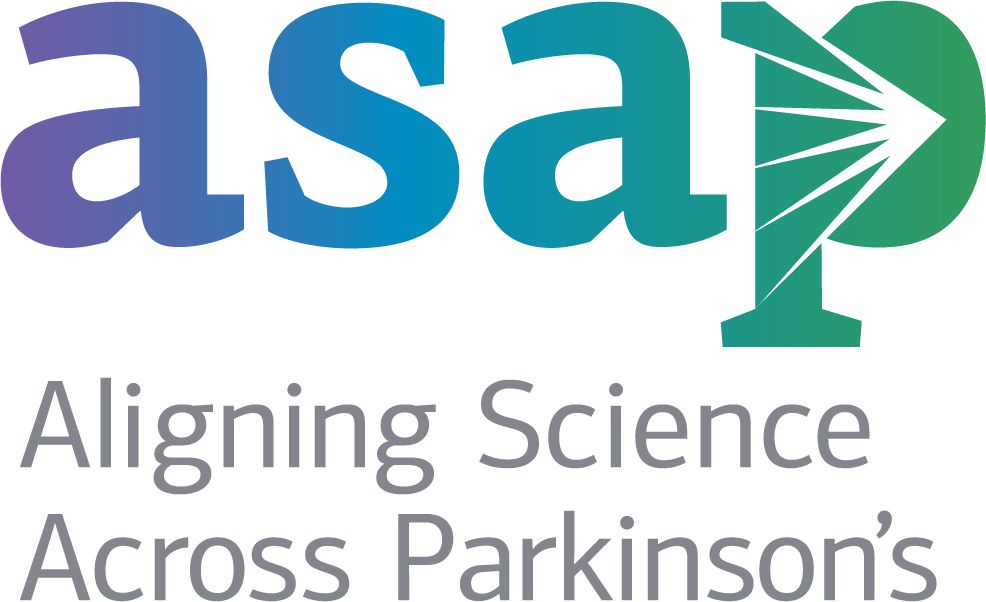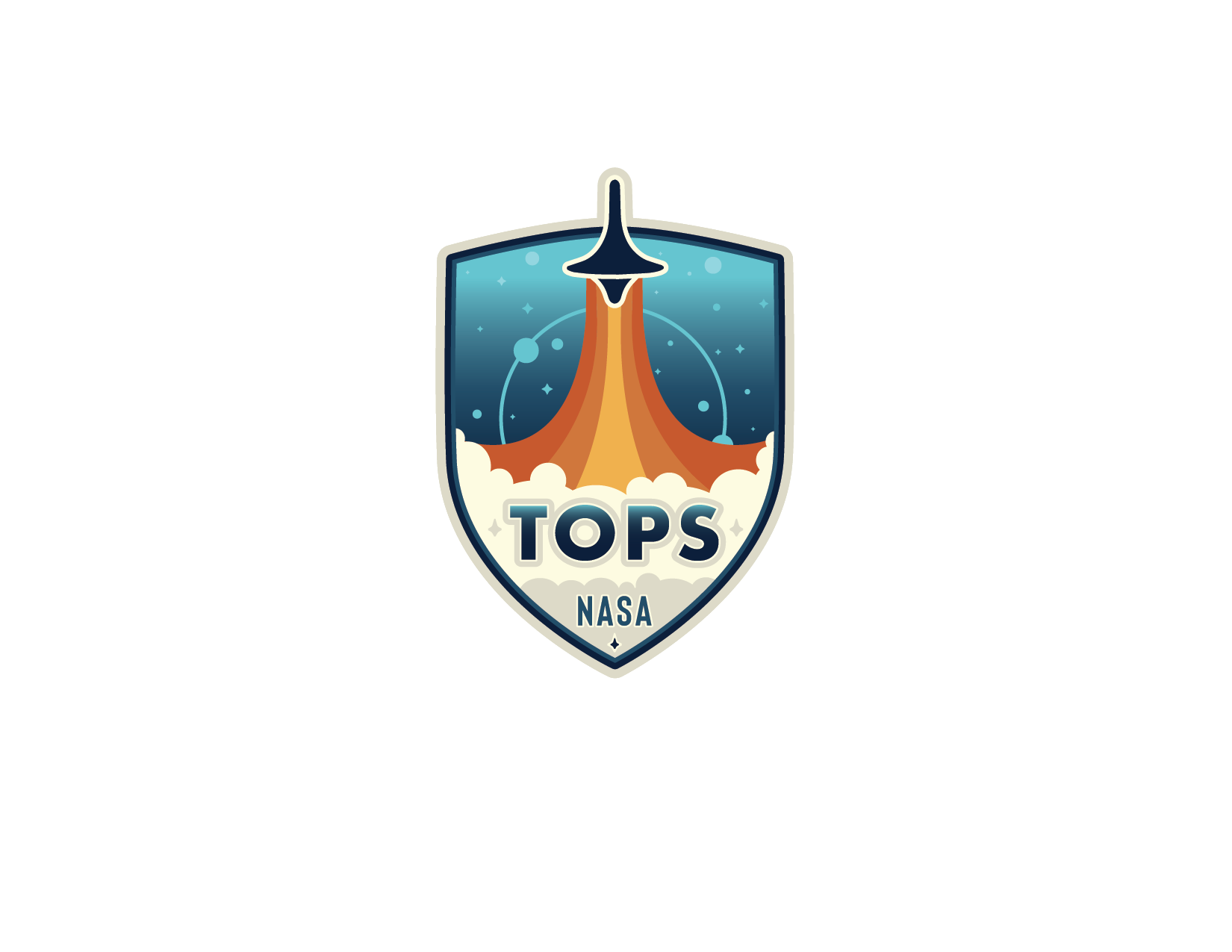Aligning Science Across Parkinson’s (ASAP)
Contents
Aligning Science Across Parkinson’s (ASAP)#

How does ASAP support open science?#
Open science is a core tenet of Aligning Science Across Parkinson’s (ASAP)’s mission to accelerate discovery and inform a path to a cure for Parkinson’s disease (PD). From the onset, ASAP programs were designed with open science policies in mind. Our bold vision and implementation strategy around open science can be found here. To scrutinize our policies and assess impact, we published the ASAP Blueprint for Collaborative Open Science, which outlines our strategic plan, progress made, and lessons learned toward the three main goals for all ASAP-funded initiatives:
1. Supporting collaboration among researchers
2. Generating resources for advancing collaborative work
3. Sharing data and other research outputs
1. Supporting collaboration among researchers#
The ASAP Collaborative Research Network (CRN) is an international and multidisciplinary network of researchers conducting basic science research related to Parkinson’s Disease. The CRN funds 35 teams that collectively support 163 team lead investigators from around the world. To facilitate the exchange of ideas and provide collaborative tools for collaboration among grantees, we created the CRN Hub, a virtual platform for CRN researchers that serves as a centralized information repository.
The primary functions of the CRN Hub are to:
Encourage networking - through a network directory, users gain access to biographical information about other ASAP-funded grantees. This information includes name, contact information, scientific research question, expertise, and any research outputs (e.g., protocols, lab resources, bioinformatics, and datasets) associated with their work while funded by ASAP.
Facilitate virtual meetings - convene experts across teams around overlapping scientific/technical themes and share preliminary findings with the network prior to publications. To increase transparency, meeting materials, including notes, video recording, and presentation slide decks, are shared on the CRN Hub after virtual meetings occur.
Catalog existing research outputs - find and access research outputs available from other teams to leverage knowledge and work across the network. All ASAP-funded research outputs linked in publications are also shared externally through our online catalog to ensure that all researchers have the opportunity to leverage existing resources.
Improve team collaboration - support a secure virtual workspace linking to cloud storage and other collaborative tools for each team.
Staying up to date - sharing latest news, tutorials and resources around best practices in open science.
Later this year, we will be launching a similar Hub for the Global Parkinson’s Genetics Program (GP2), an initiative dedicated to better understanding the genetic architecture of PD by increasing ancestral diversity in PD genetics. There are currently over 140 cohorts and 50 countries involved in this effort.
2. Generating resources for advancing collaborative work
#
We currently support four resource programs: Global Parkinson’s Genetics Program (GP2), Parkinson’s Progression Markers Initiative (PPMI), Accelerating Medicine Partnership in Parkinson’s Disease (AMP® PD) program, and the iPSC Neurodegenerative Disease Initiative (iNDI) for PD. Please click on the hyperlinks to learn more about each one.
ASAP’s #YearofOpenScience Goals#
For the 2023 year, we have the following main objectives:
To work with the open science community more broadly to improve best practices for sharing research outputs.
To augment the availability and depth of open science training sessions to the network, ensuring that all ASAP-funded resources programs and CRN teams participate in open science training sessions and are informed of best practices. Towards this goal, all CRN project managers embedded within each team will become open science ambassadors, and every month we celebrate an open science champion from our network.
To align standards for the depositing and sharing of the following data set types within our network (file formats, metadata standards, etc):
neurophysiology datasets (two-photon imaging, electrophysiology, fiber photometry)
single-cell multiomics data
quality control standards for iPSCs
For these efforts, we are also reaching out to others within the community who are also creating data standards.
To continually evaluate and share our success in tracking open science compliance and measuring impact. Specifically, to ensure that all research outputs from 2023 papers are openly available and compliant with our open science policy.
Learn more at parkinsonsroadmap.org/open-science/!
